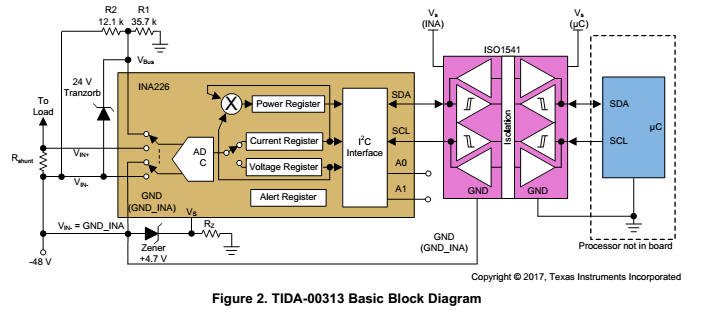Dear Friends ,
I want to know if it is possible to sense positive as well as negative current direction in the battery voltage and current sensing using INA 233.
I am working on an application where I need to sense the current direction .i.e I need to know if the battery is in charging or discharging mode.
I am using the following hardware :
The only difference is that I am using INA233 instead of INA 226.
I want to know if i can use the above design to sense the bidirectional current flow .i.e if the current flows from battery charger to charge the battery or the current flows from battery to the circuit .
As read there is a register D1H(reg address) whose 15th bit indicates the direction .
How can i use above design to read battery charging as well as discharging current with polarity .
Do i need to make some changes with respect to the shunt positioning.Or will it work in the same way as depicted in the image.




